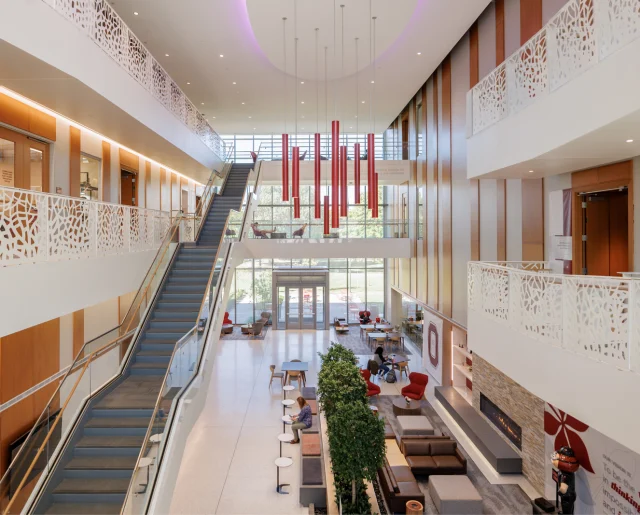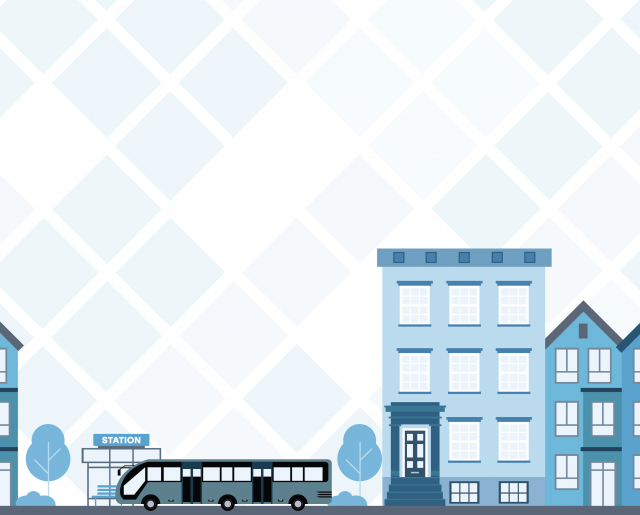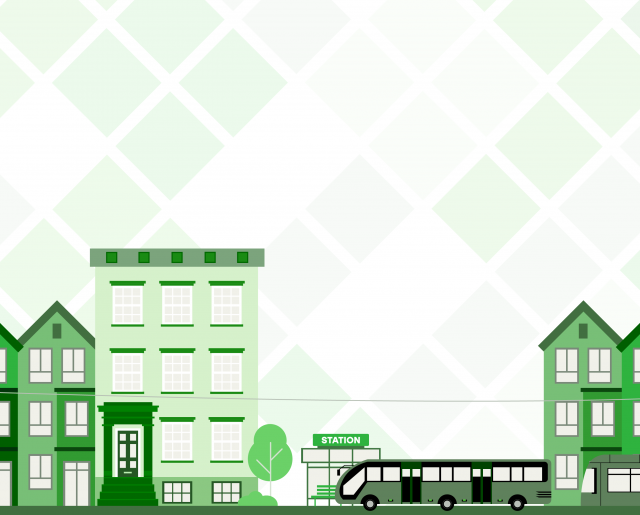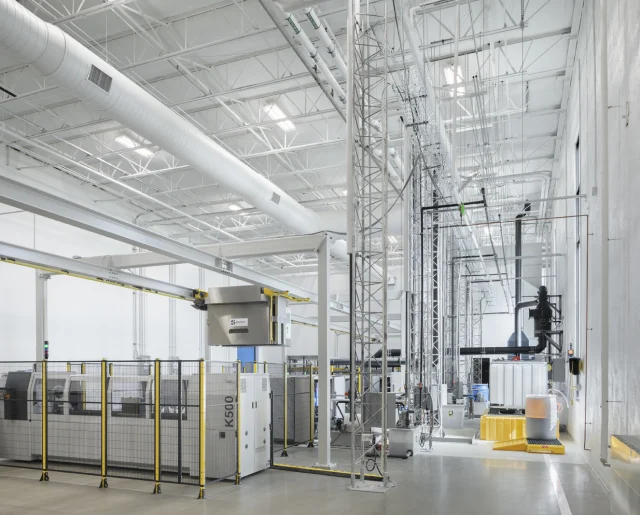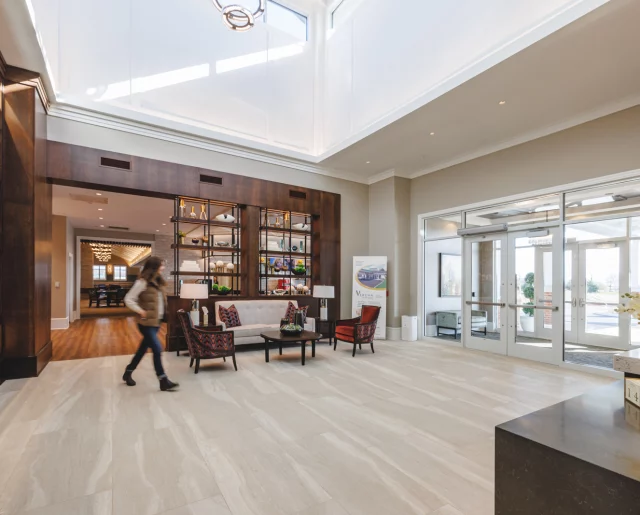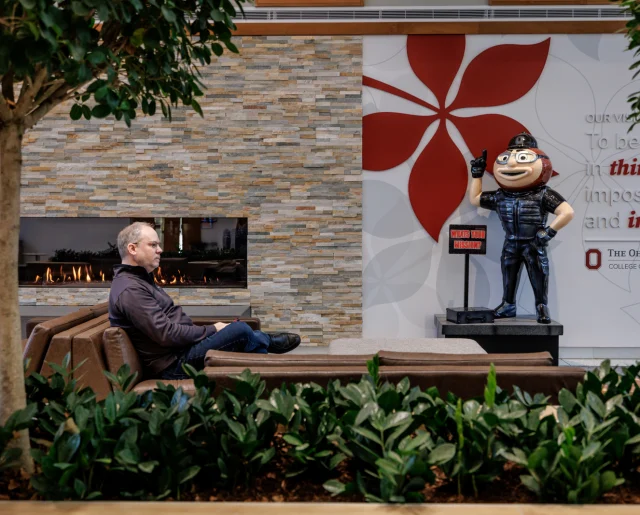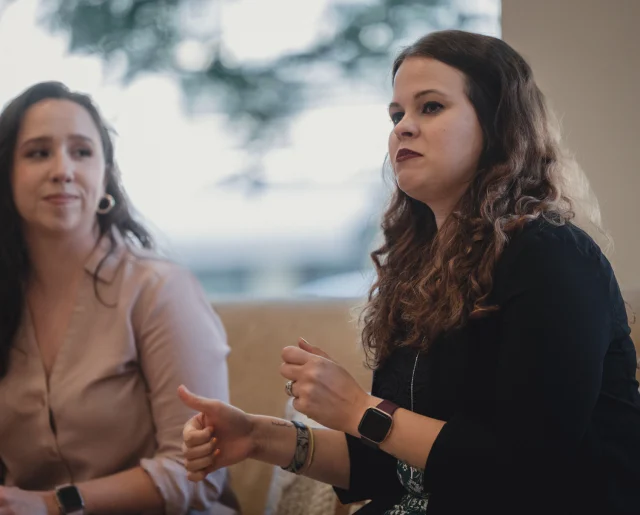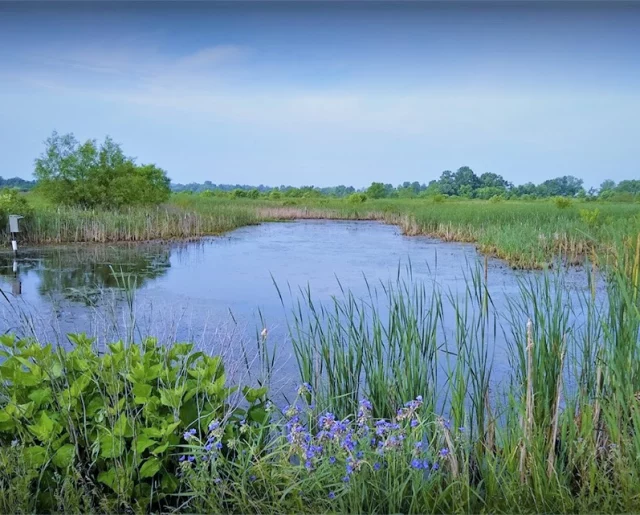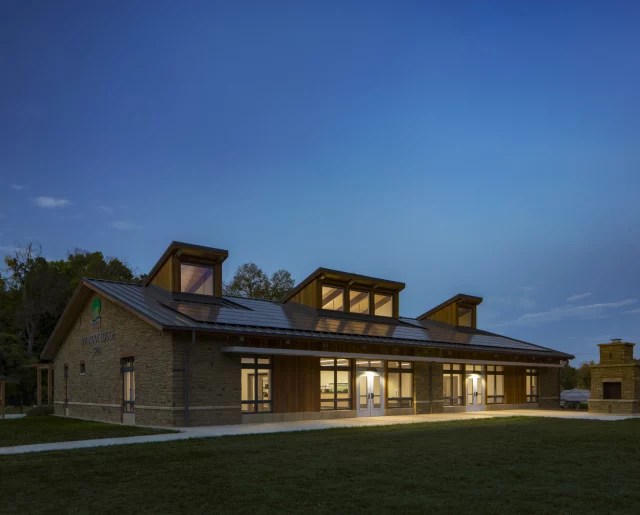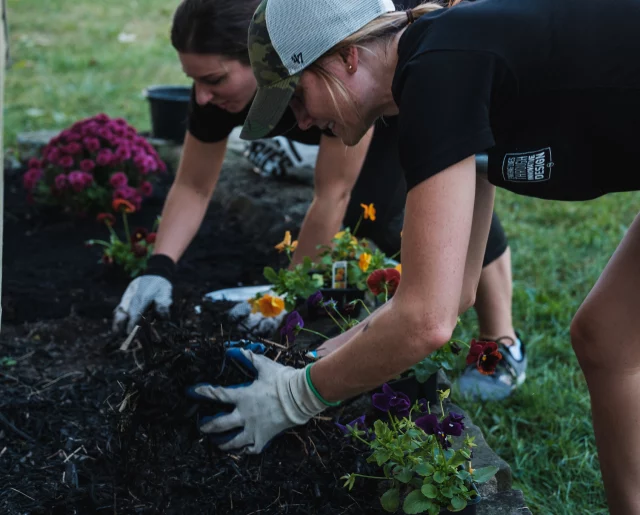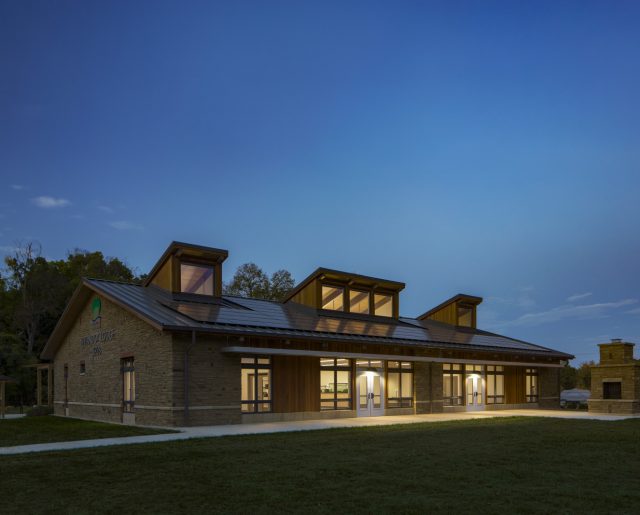9 Ways We Can Reduce Our Carbon Footprint

The climate is changing and as should our carbon footprint, but it can be hard to filter through all of the information that’s out there. Understanding what we can do to reduce our impact on the environment is the first step to making a change. Below are 9 ways we can begin reducing our carbon footprint
1 – Buy reusable products when possible
Studies have shown that we use a plastic bag for an average of 12 minutes only to throw them away, which then takes up to 1,000 years to decompose. You can buy reusable bags at most stores or online for a few dollars, and they last for years. It may seem like a small ask, but it can turn into a large impact if we all start making the change. This same principle applies to so many items we use in our everyday lives; dish cloths over paper towels, beeswrap over plastic wrap, dry wool balls over dryer sheets.
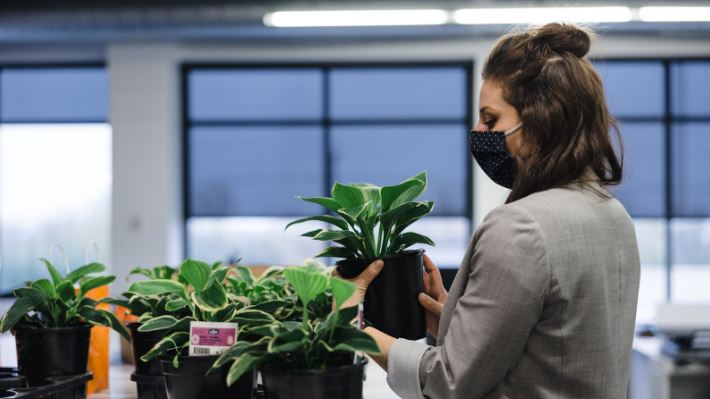
2 – Only buy what you need
Often times, my eyes are much bigger than my stomach and I buy more fruit and vegetables than I can eat before they go bad. This puts a strain on the farming sector and also causes excess waste. In the cases where we do buy too much and it goes bad, composting is a great way to still make use of them and replenish our soil at the same time. If you’re like me, and live in an apartment, that is not an easy ask, but companies like Compost Now are making it more accessible.
3 – Turn off what you aren’t using
Turning off what you aren’t using doesn’t just apply to turning off lights in a room. Appliances still use energy if they are plugged in, even if you aren’t actively using them. This is called phantom energy, and is responsible for 10% of overall energy consumption.
4 – Work together
If 4 people carpool together, it reduces 75% of the energy consumed to get you there and reduces traffic. What if a metro bus was at full capacity? That can range up to 80 cars taken off the road depending on the bus size and capacity. There’s also always neighborhood and community projects to help clean up litter or plant vegetation. Keep America Beautiful organizes events across America, and has reportedly picked up over half a billion pounds of litter and recycled over 250 million pounds of materials.

5 – Source sustainable products
This can apply to the businesses you shop at, where your office gets their supplies, even the materials specified in a building. Being mindful of not only what you/your building is contributing to CO2 emissions, but also what the companies you are purchasing from are emitting is key to understanding your complete carbon footprint. Your emissions can be tracked through a carbon analysis which looks at scope 1, scope 2, and scope 3 emissions. This is the first step in creating a Sustainability Action Plan although it varies depending on the depth you want to go in to.
6 – Evaluate and plan
Businesses today are putting more emphasis on the impact they have on the environment, and are issuing ESG (Environmental, Social, Governance) goals as well as action plans to get them to where they want and need to be. Sustainability Action Plans (SAP) have proven to be excellent guides, telling owners where they are, where they need to be, and the steps in between to get them there. SAP’s take into account the triple bottom line – Planet, People, Profit – when creating goals, timeframes, and milestones to said goals. At MA Design, we have sustainability consulting services to help aid you in this process and beyond.
7 – Adaptive reuse
About 50% of annual global emissions come from the built environment and, of that, 20% are coming from building materials & construction, otherwise known as embodied carbon. A large current contributor to co2 emissions, but also potential embodied carbon savings, are existing buildings and how we reuse & renovate them. Renovation and reuse projects typically save between 50 & 75% of the embodied carbon emissions compared to constructing a new building. A lot of this is due to the preservation of foundation and structure.
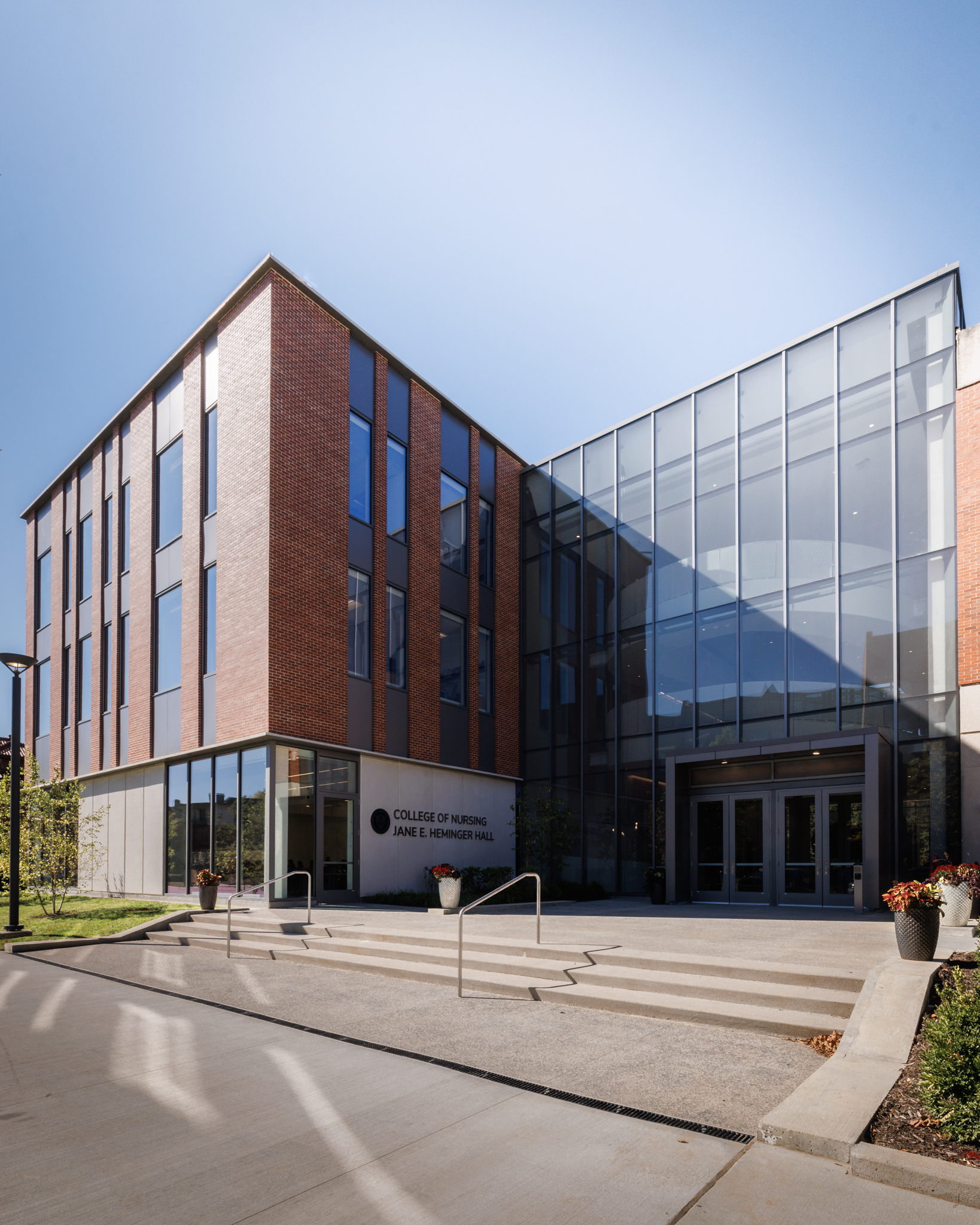
8 – Green & healthy buildings
As our population continues to grow, we will continue to build new buildings. When we do, it’s important we do it in a sustainable and healthy way that balances the needs of the environment, people, and economy. Certifications are a great example of ways to measure and show that a building or site was designed and constructed sustainability but by no means is necessary to achieve your goals. Examples of these certifications are:
- LEED
- WELL
- Living Building Challenge
- Fitwel
- SITES
9 – Create awareness and educate when possible
One of the biggest things we can do as individuals, and as a collective, is making sure our friends, family, coworkers, etc. are aware of what’s happening around us. Reminding the people in our lives that the small changes we make, do lead to big differences in our carbon footprint. Holding workshops within your company to get ideas and feedback from employees/coworkers is a great way to educate and start goal setting at once.
Conclusion
We are often getting the big, scary numbers thrown at us. While this is good to know where we stand, it’s just as important to look to the future and the benefits we can reap from enacting change. According to NASA’s Earth Science Team, we could prevent millions of premature deaths, hospitalizations/ emergency room visits, lost workdays, & incidences of dementia if we meet the goal of the Paris Agreement to keep global warming under 2°C by 2050. On top of that we could have an extra 440 million ton of crop. These numbers are just for the United States alone, imagine the numbers possible if expanded to include the world as a whole.
This article only contains a fraction of the information out there about our carbon footprint, and how we can start making a change. It’s important to know that while sometimes it can feel like what we’re doing is small, it does make a difference and continues to make a bigger impact as more join in the change.
At MA Design, we recognize the effects the built environment has on climate change, and aim to positively impact the world around us by creating spaces that are healthy, equitable, and inclusive. These efforts, combined, provide solutions that achieve our client’s goals and create positive change.
If you would like to continue the conversation, or have questions about how MA Design can help you plan for a sustainable future, please reach out to me at allyb@designwithma.com
